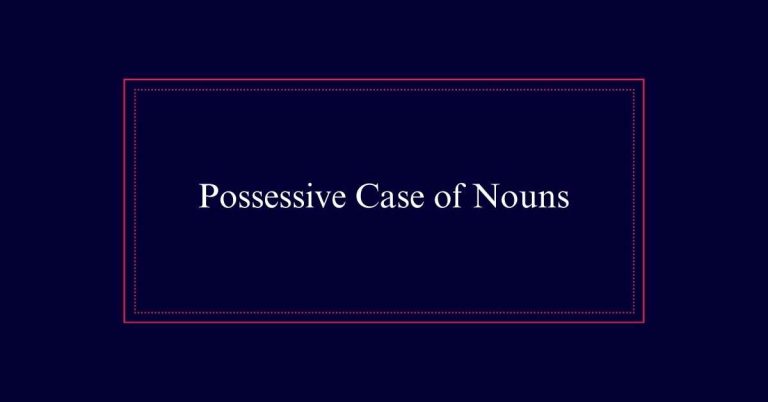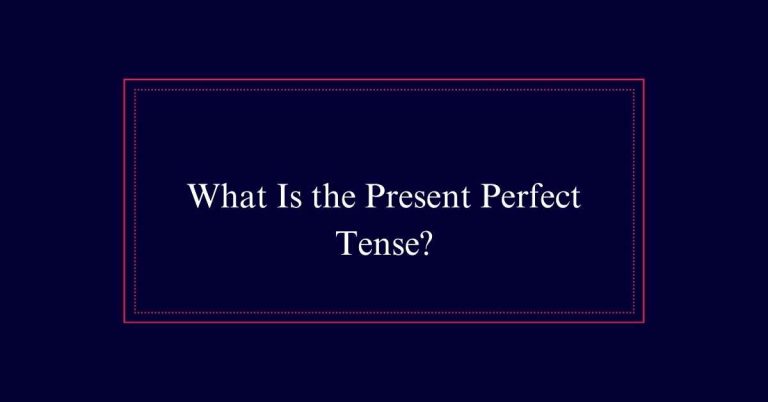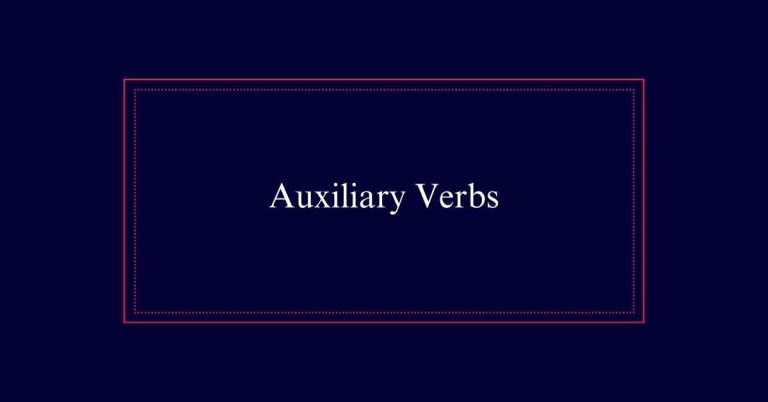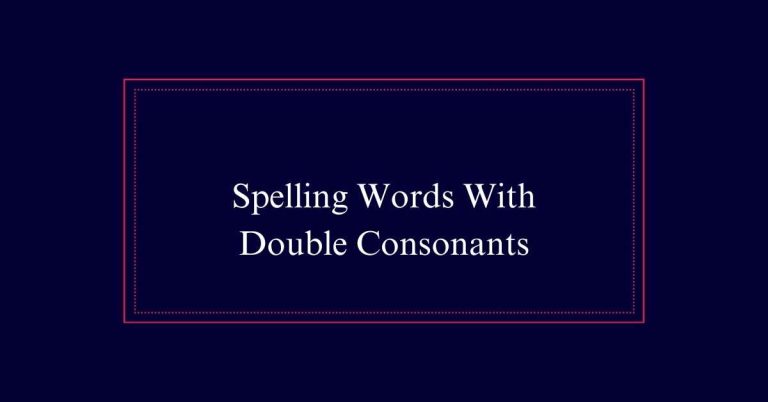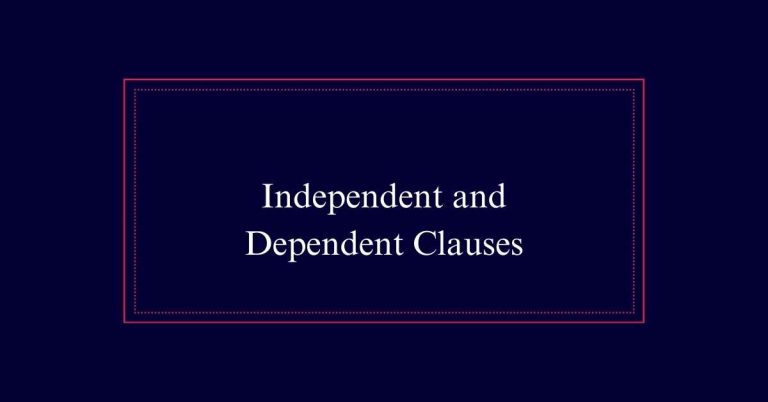Commas in Dates
Proper comma usage in dates guarantees clear communication. In the month-day-year format, place a comma between the day and year, e.g., ‘April 15, 2021.’ When including the day of the week, add commas after both the day and the year, e.g., ‘Wednesday, April 15, 2021.’ In the day-month-year format, commonly used outside the United States, no commas are needed. If mentioning only the month and year, omit the comma.
Commas in Month-Day-Year Format
In the month-day-year format, it is important to place a comma between the day and the year. For example, write July 4, 1776. This comma helps clarify the date, making it easier to read.
When a date includes the day of the week, place a comma after the day and after the year. For instance, ‘Please join us on Monday, July 4, 1776, for the event.’
Note that if you only mention the month and year, no comma is needed, such as in ‘The project started in July 1776.’
Day-Month-Year Format Rules
The day-month-year format is important, and it is necessary to make sure that the day comes before the month to avoid misunderstandings. This format is common in many countries outside the United States.
For example, 1 June 2018 is written without any commas. The date is straightforward with the day first, followed by the month, and then the year. This sequence avoids confusion and maintains clarity.
Unlike the month-day-year format, which requires a comma between the day and year, the day-month-year format is simpler in its punctuation rules. It is vital to ensure that the day precedes the month, as reversing the order could lead to misunderstandings.
This format is particularly useful in formal documents, where precision is important.
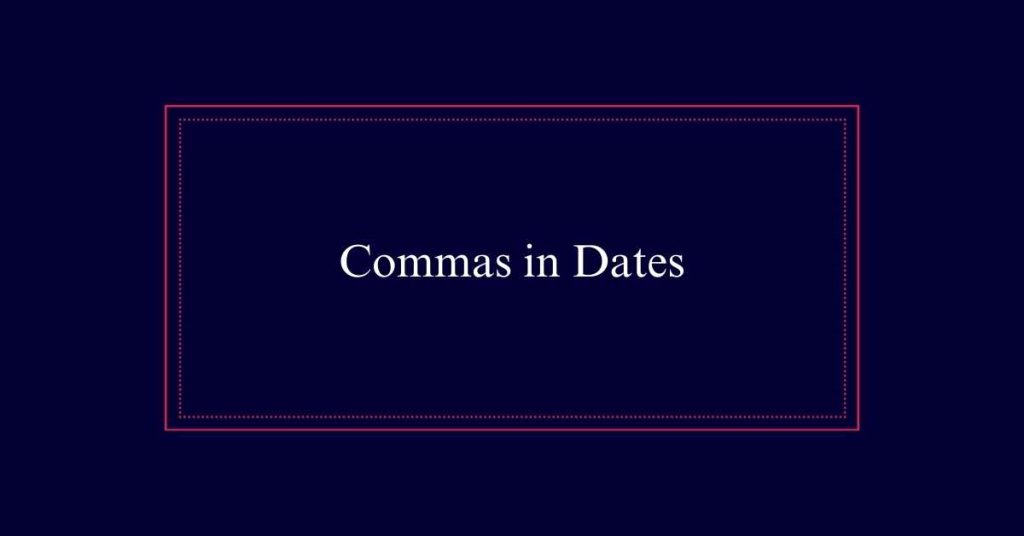
Including the Day of the Week
Incorporating the day of the week into a date requires careful attention to comma placement for clarity. When you include the day of the week before the date, commas are necessary to separate each element. For example, ‘On Wednesday, June 7, 2023, we will meet.’
Key points to remember are:
- Place a comma after the day of the week: ‘Monday, November 8’
- Place a comma after the day of the month when including the year: ‘Sunday, March 14, 2021’
- Do not use a comma between the month and year when the day of the week is missing: ‘May 2022’
Commas in Sentences With Dates
Properly placing commas in sentences that include dates is essential for clear communication. When writing a date within a sentence, always place a comma after the day and the year.
For example, ‘The meeting on April 5, 2022, was a success.’ If the date includes the day of the week, add a comma after the weekday: ‘On Monday, April 5, 2022, we met.’
Remember to use commas to set off the year when the date appears in the middle of a sentence. Avoid adding a comma between the month and year when no specific day is mentioned, such as ‘June 2022.’
Month and Year Comma Rules
Correct comma usage in dates also extends to month and year combinations. When writing just the month and year, a comma is not needed. However, special rules apply when these combinations appear in sentences.
- If the month and year are part of a longer date, such as ‘April 2023,’ no comma is used.
- When a sentence mentions just a month and year, like ‘The project began in April 2023,’ no comma is necessary.
- When the date includes the day, month, and year, place a comma after the year if the sentence continues. For example, ‘The meeting was on April 4, 2023, and was well-attended.’
Cardinal Numbers in Dates
Cardinal numbers are used in dates to indicate the specific day without using ordinal indicators like ‘st,’ ‘nd,’ or ‘th.’ This means that when writing dates, you should use cardinal numbers such as 1, 2, or 3 instead of 1st, 2nd, or 3rd.
For example, you would write ‘April 15, 2020,’ not ‘April 15th, 2020.’ This practice is common in formal writing and guarantees clarity.
Additionally, when the date is written within a sentence, it usually follows the format ‘month day, year,’ such as ‘August 5, 2021.’ This structure avoids confusion and maintains a professional tone.
Using Ordinal Numbers
While cardinal numbers are standard for most dates, ordinal numbers are also used in certain contexts. Ordinal numbers often appear in informal writing, speech, and specific historical references.
When using ordinal numbers in dates:
- No comma is necessary when the ordinal number precedes the month.
- Example: ‘She was born on the 15th of March.’
- Commas are not required between the day and year in this format.
- Example: ‘The event happened on the 3rd of November 2019.’
Specific Day Constructions
How do you correctly punctuate dates when referring to a specific day?
When including the day of the week, place a comma after the day and another comma after the year if the sentence continues. For example, ‘On Friday, October 28, 2016, the event was held.’
If the construction includes only the day and month, no comma is necessary. For instance, ‘The meeting is on April 15.’
When using ordinal numbers to refer to specific days, commas are typically not used. An example is ‘She arrived on the 10th of June.’
Remember to use cardinal numbers for dates, such as ‘April 15, 2017,’ to maintain clarity and formality in your writing.
Common Comma Mistakes
Understanding how to punctuate dates correctly is essential, but common comma mistakes often undermine this effort. One frequent error is omitting commas where they are necessary. For instance, forgetting to place a comma between the day and the year in the month-day-year format.
Another common mistake is overusing commas, such as adding one after the month in a day-month-year format, which does not require it.
Lastly, misplacing commas when including the day of the week can lead to confusion. Follow these guidelines to avoid such errors:
- Incorrect: June 5 2015
- Incorrect: On 1, June 2018,
- Incorrect: Saturday April, 15, 2017

